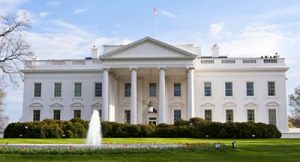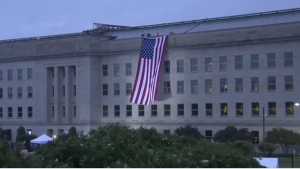This year, the US has already seen a record number of national disasters, be it the floods in Montana and Wyoming, the record-breaking heat waves in the American Midwest, or the historic wildfires that ravaged New Mexico, Arizona, and California. This comes after a time, the US inflation is at a record high with the Federal Reserve boosting interest rates by three-quarters of a percentage point, the most significant increase since 1994.
Also Read: US Federal Reserve interest rates from 1980s to the present: A timeline
And the worst is even yet to come. According to the IPCC’s (Intergovernmental Panel on Climate Change) worldwide change forecast North America will face a “decreasing snowpack in the western mountains; 5-20% increase in yields of rain-fed agriculture in some regions; increased frequency, intensity and duration of heat waves in cities that currently experience them.”
The United States is still very much unprepared to combat natural disasters. As climate change is fueling change in the global environment, the instances of these extreme natural disasters will continue to grow.
The White House is taking more steps to combat these issues, but some people feel this is not enough. President Biden signed an executive order directing federal agencies to consider reversing negative environmental decisions taken under the previous administration in order to make Americans more resilient to climate change and the increased floods that many towns are confronting.
This wide executive order re-established the Federal Flood Risk Management Standard, which is a critical step toward better floodplain protection and management. According to a report published in 2019 by the National Institute of Building Sciences, every dollar spent on hazard mitigation saves US $6 in future disaster expenditures.
Last year, the United States spent an alarming $145 billion on natural catastrophes, the third highest amount on record, and dealt with 20 catastrophic incidents costing more than $1 billion apiece, over three times the average since 1980.
This spate of disasters is already taking a huge toll on the American people. Take the flooding of the oldest national park in the country, the Yellowstone National Park. Flooding in Yellowstone National Park has wrecked bridges, swept away dwellings, and forced the evacuation of almost 10,000 people. That is lost revenue for the people whose livelihoods depend on the tourists visiting the national park.
Also Read: Parts of Yellowstone could remain shut all year after historic floods
The penalty of not planning is tremendous, both monetarily and in terms of the havoc wreaked on communities. And according to FEMA (Federal Emergency Management Agency) director Ms Deanne Criswell “The changing climate is the biggest crisis facing our nation and makes natural disasters more frequent and more destructive. While our mission itself has not changed, our operating environment has.”






